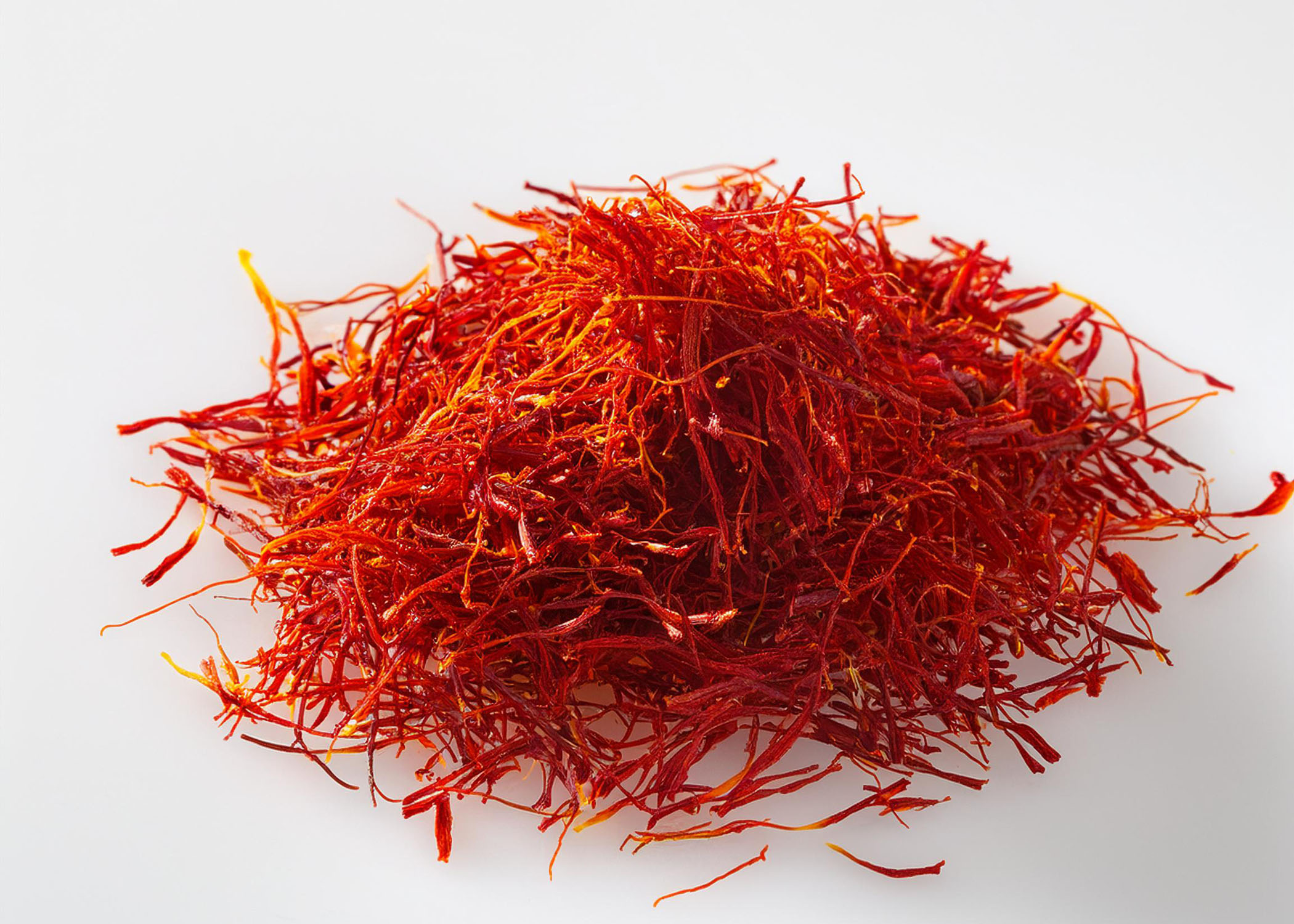Spanish saffron, often hailed as one of the most luxurious and coveted spices in the culinary world, is known for its deep flavor, vivid color, and rich cultural heritage. Spain is one of the most prominent producers of saffron, particularly in the La Mancha region, where the spice is cultivated with great care and tradition. This region is renowned for producing some of the finest saffron in the world, and it holds a Protected Designation of Origin (PDO) status, ensuring the authenticity and quality of the saffron that bears its name.
Spanish saffron comes from the delicate stigma of the Crocus sativus flower, and like all saffron, it is labor-intensive to harvest. The flowers bloom for only a few weeks each year, and each flower produces just three red threads, or stigmas, that must be handpicked. It takes around 75,000 to 100,000 flowers to produce just one pound of saffron, contributing to the high cost of the spice. The saffron threads are then carefully dried to preserve their color, flavor, and aroma, a process that has been passed down through generations of Spanish farmers.
One of the defining characteristics of Spanish saffron is its robust and earthy flavor, with a hint of bitterness and a sweet, floral undertone. The spice also imparts a brilliant golden hue to dishes, making it a key ingredient in many traditional Spanish recipes. One of the most iconic uses of Spanish saffron is in paella, the famous rice dish from Valencia, where saffron adds both color and depth of flavor. It is also used in dishes like fabada asturiana (bean stew) and various seafood stews, as well as in sauces, broths, and even desserts like arroz con leche (rice pudding).

